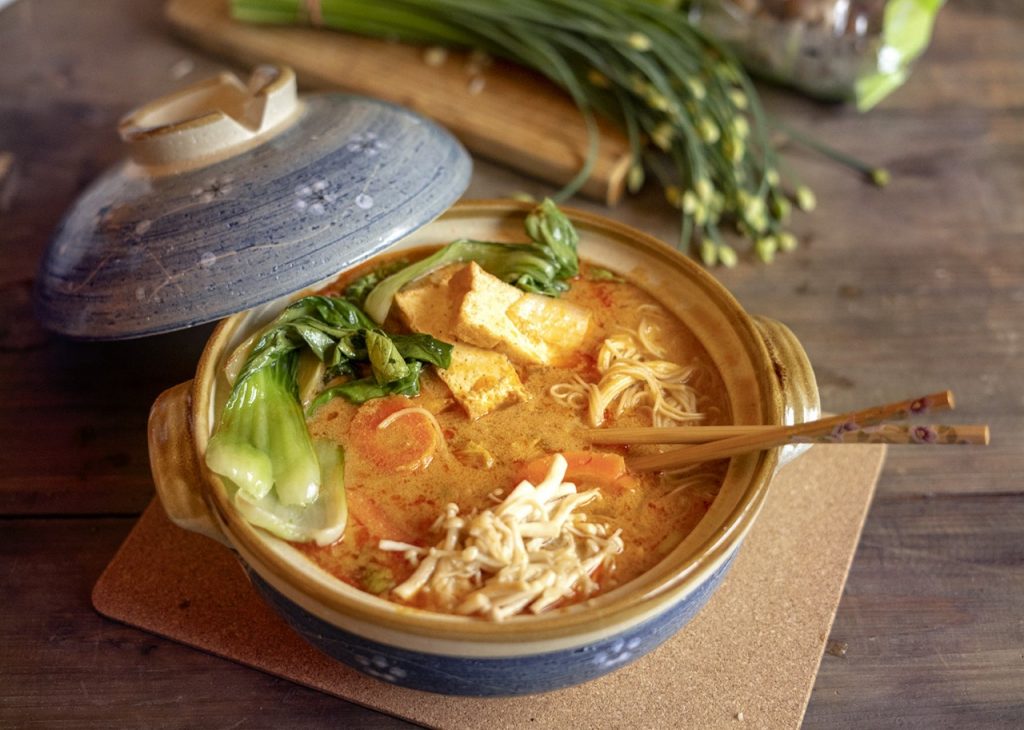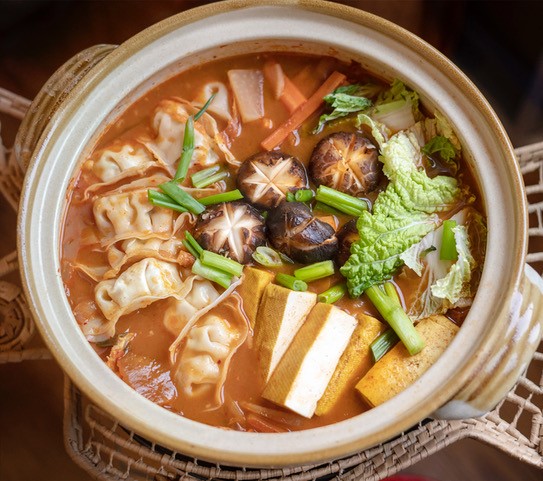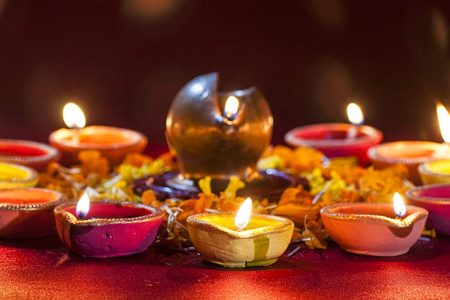“We were together, I forget the rest” – Walt Whitman
“If you really want to make a friend, go to someone’s house and eat with him . . . the people who give you their food give you their heart.” – Cesar Chavez
I remember the first time I had dinner at a communal table. It was at Angelica’s Kitchen, a vegetarian restaurant in New York City. It has been over twenty years since then, and communal tables in restaurants are now a regular site. Back then, it was a novelty for me and a wonderful experience to eat a meal and chat with fellow diners.
I grew up in Ireland where friendliness was the national currency and communal dining usually included a huge pot of “spuds” set on the table, cooked in their jackets. From early on it was clear to me that dining together can be a wonderful human experience. Just through sharing a meal, we can build a healthier physical, social, and emotional fabric for ourselves and our communities.
I love the idea that preparing and eating food can become a moment for reflection and gratitude, a sacred act. To break bread together reminds us how to love by nurturing. When I first went to visit my in-laws in India, I quickly learned the Telegu for “have you eaten?” because I was asked so often. Instead of asking, “How are you?” they would ask “Tinnavaa? I also discovered I could give great delight to my hosts just by requesting seconds. Food has the universal power to bring people together.
So . . . in this time of social distancing, it might be unusual to write a blog about communal eating, but who knows? Maybe we will need an extra dose of humanity and togetherness after this is all over. It might be a joyous celebration and a healing experience to eat together again, sitting face-to-face, putting away devices and distractions, and remembering that conversations are the real currency of our everyday lives. For now, we are hunkered down, staying six feet away from each other, and maybe longing for crowded trains and eating at long tables with strangers!
The Japanese know a lot about eating together, and they have wonderful words that illustrate the benefits. Nabemono “things-in-a-pot” is a communal one-pot meal. The intimate communal experience is called nabe o kakomu or “surrounding a pot.” The deeper meaning is described as Ichi-go ichi-e, “once in a lifetime,” otherwise known as a cultural concept of treasuring the unrepeatable nature of a moment. They even have a special pot called a donabe (doh-NAH-bay) that has been in use for over one thousand years. There is a deep tie between the cooking pot, the ingredients, and the ritual of gathering friends and family around a communal dish .

So what is a donabe? Well, it is an earthenware pot that comes in different sizes and shapes. Some donabe are made specifically for cooking rice, such as the double-lid pot called a kamado-san. A donabe is intended for cooking over a flame. It retains heat because of its thick clay walls. Food remains warm and can keep cooking in the residual heat. The donabe can go straight from stove to table and is both practical and beautiful. Rice cooked in a donabe tastes better, and a donabe is ideal for slow stews and soups.
The nabemono is a one pot meal that is cooked on a portable stove in the center of the table, and the pot is filled with broth and ingredients like, vegetables, seaweed, tofu, and udon. Nabemono is meant to be eaten as a communal meal, where diners sit around the table and pick items directly from the pot. There are many different variations of nabemono. Broths can be as simple as water flavored with a little bit of dried kelp, to stronger tastes made with vegetarian stock or miso. A basic recipe can be built on just a few ingredients, such as tofu, mushrooms and dashi (Japanese cooking stock) or other quick and easy broths. With just some daikon, green onion, sliced tofu, and chili sauce, an easy shabu-shabu dish is just a few minutes away.
A donabe needs to be seasoned before it can be used. Also, special care is taken with maintenance, cleaning, and storing.

Donabe recipes can easily be adapted to vegetarian versions. If you find yourself needing a reason to linger longer together, just bring out the donabe and try the recipe below. This might be the perfect antidote to fractured modern living, and a reminder about what is most important in life—caring for each other, intimacy, and connection. So, when we do finally get the chance to celebrate and eat together, let’s make it a wonderful act of gratitude for the simple things we still have.
–Joanna Nagubadi for the Veggie Fest Team
Joanna Nagubadi grew up in Ireland and now lives in Illinois with her husband and two children. She is an artist and photographer who has been vegetarian for over twenty years. Together with her husband, she runs the Art of Dosa booth at Veggie Fest. They recently embarked on another adventure—a storefront in downtown Chicago!







